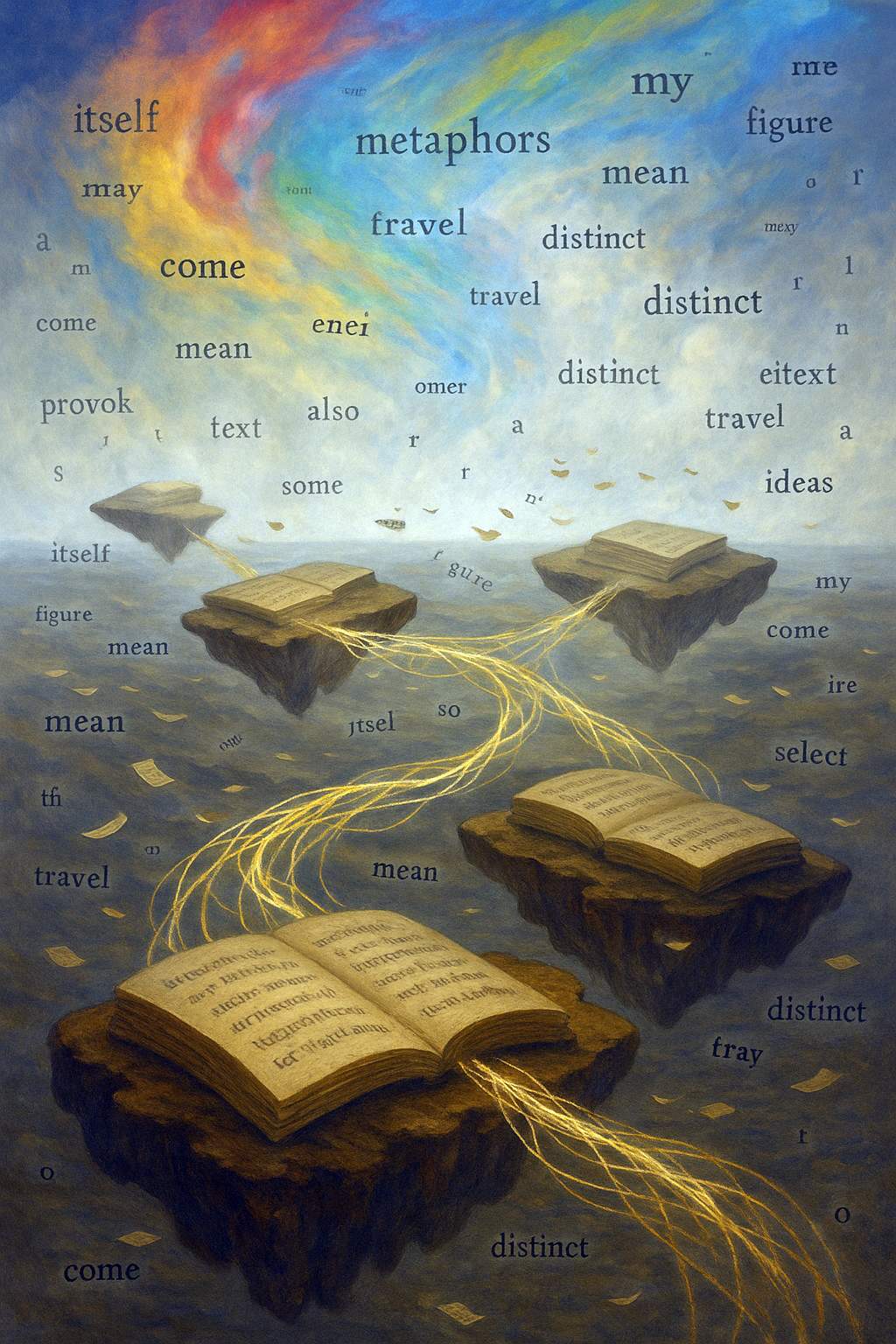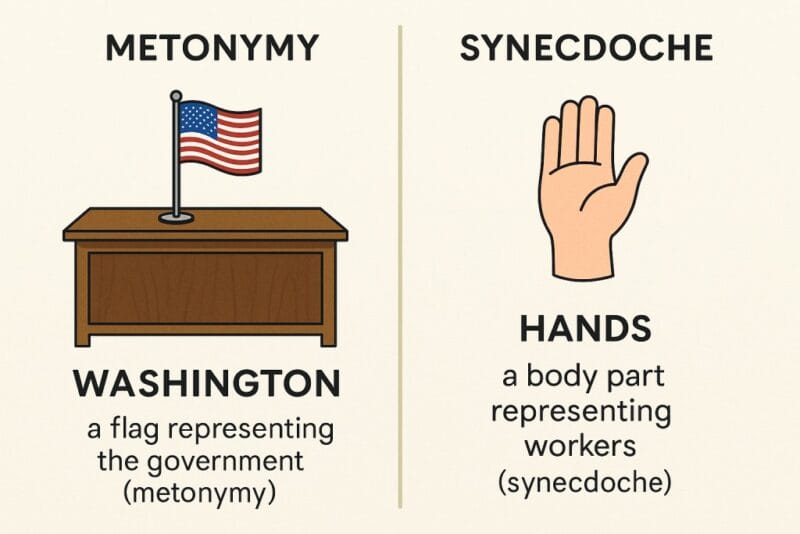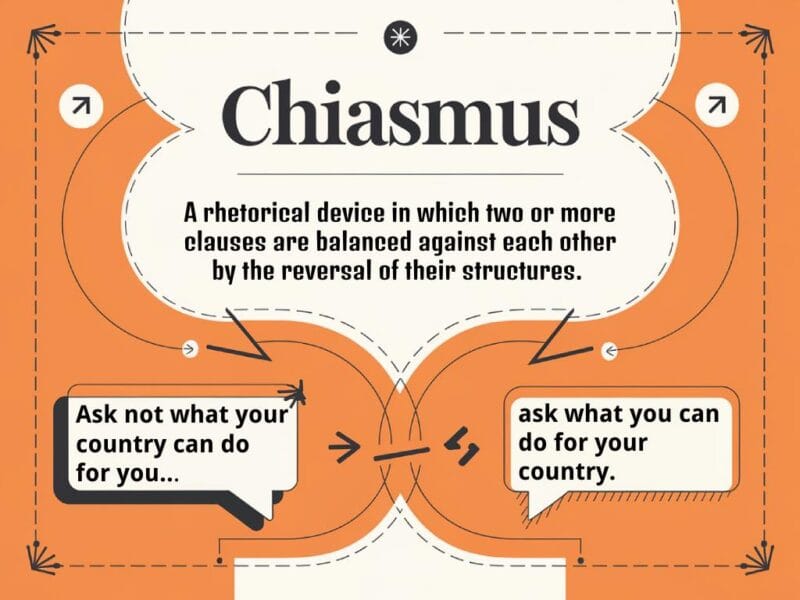An extended metaphor is a comparison that unfolds across multiple lines, paragraphs, or even an entire work, linking two seemingly unrelated ideas through sustained figurative language. Unlike a simple metaphor, which might appear in a single phrase, an extended metaphor develops its imagery and logic over time. Writers use it to create continuity of thought, deepen thematic cohesion, and guide readers through an intricate conceptual thread.
The technique dates back to classical rhetoric, where figures like Aristotle described metaphor as a vehicle for perceiving likeness in unlikeness. Over centuries, poets and prose writers have expanded this concept, using extended metaphors to construct elaborate imaginative frameworks. The sustained comparison functions as both imagery and argument, each component reinforcing the other through successive elaboration.
Structure and Mechanics of an Extended Metaphor
An extended metaphor often begins with a foundational image, then proceeds to unfold through a sequence of analogical elements that mirror the logic of the comparison. This structure depends on three main elements:
- Tenor: the underlying subject or idea being described.
- Vehicle: the image or concept used to illuminate the subject.
- Linking progression: the gradual unfolding that connects each phase of the metaphor to the next.
The power of an extended metaphor lies in its coherence. Each subsequent image must grow naturally from the first without straining plausibility. Writers often embed these metaphors within narrative or thematic development so that the figurative structure moves in tandem with the literal one.
Examples of Extended Metaphor
A classic instance appears in William Shakespeare’s As You Like It (1599), where Jaques declares, “All the world’s a stage, / And all the men and women merely players.” The metaphor of life as theater extends beyond a single line. Shakespeare continues by assigning each phase of human life its own dramatic role—from infancy to old age—thus creating an image that equates existence with performance.
Another notable example occurs in Emily Dickinson’s poem “’Hope’ is the thing with feathers” (1891). Here, hope is imagined as a bird that “perches in the soul” and “never stops at all.” The metaphor extends through each stanza and elaborates the qualities of endurance and selflessness associated with hope. The poem does not simply describe hope as a bird; it explores the implications of that image through variations of movement and sound.
In prose, George Orwell’s Animal Farm (1945) functions as an extended metaphor for political revolution and totalitarianism. The farm’s transformation into a dictatorship mirrors the corruption of socialist ideals in Soviet Russia. Though the narrative stands on its own, the sustained metaphor gives the work its moral and political significance.
Extended Metaphor in Poetry
Poetry has long provided a fertile ground for extended metaphor because of its compressed language and rhythmic focus. Metaphysical poets such as John Donne elevated this device into what they called the conceit—an elaborate and intellectual comparison that unfolds logically and emotionally. Donne’s “A Valediction: Forbidding Mourning” (1633) compares two lovers to the legs of a compass: though separated, they remain joined at the center. The metaphor develops geometrically and spiritually by linking physical separation with emotional constancy.
Modern poets have continued to refine the device. Sylvia Plath’s “Metaphors” (1959) builds an extended metaphor for pregnancy through a series of images—an elephant, a melon, a ponderous house. Each line contributes another facet of the same condition, producing cumulative resonance. Langston Hughes’s “Mother to Son” (1922) transforms a staircase into a symbol of perseverance and expands it into a moral reflection on endurance and aspiration.
The Purpose and Effect of Extended Metaphor
An extended metaphor facilitates how writers articulate abstraction through sustained imagery. It beautifies the language, and it also functions as a structural principle. This principle connects disparate ideas through figurative coherence. This technique can:
- Clarify complex ideas: Abstract themes such as love, faith, identity, and mortality gain precision when embodied in concrete imagery.
- Create emotional continuity: The recurrence of the metaphor binds the emotional texture of the piece.
- Strengthen argumentation: In essays or speeches, it provides rhetorical momentum by giving the audience a vivid through-line to follow.
When effectively used, an extended metaphor governs the rhythm of thought. Its unfolding sequence mirrors the process of reflection, where one idea transforms into another through associative reasoning.
How to Craft an Extended Metaphor
Developing an extended metaphor demands both control and imagination. The writer must first identify the conceptual relationship between the subject and its figurative counterpart. From there, each successive image must evolve logically, enriching the initial premise rather than merely repeating it. Consider the following guidelines:
- Choose an evocative vehicle: Select an image or object with multiple dimensions—something that can bear several interpretive layers without collapsing under overuse.
- Plan the progression: Map out how the metaphor will expand across the text. Each step should reveal a new angle or deepen the initial comparison.
- Balance clarity with surprise: Predictability weakens the effect, yet abrupt leaps can confuse. The key lies in guiding the reader through inventive yet coherent transformations.
- Sustain tone and diction: A shift in voice or register can disrupt the metaphor’s unity. Maintain stylistic consistency to preserve its authority.
Writers often refine extended metaphors through revision. During drafting, metaphors may drift or lose proportion. Returning to the text with an analytical eye helps ensure that each image serves the overarching concept.
Extended Metaphor in Contemporary Writing
In contemporary poetry and prose, extended metaphors continue to define artistic expression. Ocean Vuong’s On Earth We’re Briefly Gorgeous (2019) threads recurring metaphors of war, migration, and language to explore personal and collective trauma. Meanwhile, in nonfiction, Joan Didion’s essays often sustain metaphorical structures that unify emotional and analytical threads.
The device also thrives in speeches and songwriting. Martin Luther King Jr.’s “I’ve Been to the Mountaintop” (1968) constructs a sustained metaphor of ascent to describe struggle and vision. Similarly, in music, Bob Dylan’s “A Hard Rain’s A-Gonna Fall” (1963) extends its storm imagery to reflect political and moral disquiet.
Extended metaphor remains one of literature’s most durable techniques because it bridges the abstract and the sensory. It engages imagination through progression and structure, and this molds language into an evolving act of comparison that endures across genres and centuries.
Further Reading
Extended metaphor on Wikipedia
Ridiculous extended metaphors are proliferating in PoC writing by Naomi Kanakia, Woman of Letters
Out of all literature, what is your favourite metaphor? on Reddit
What are some of the most striking metaphors in classic literature? on Quora




